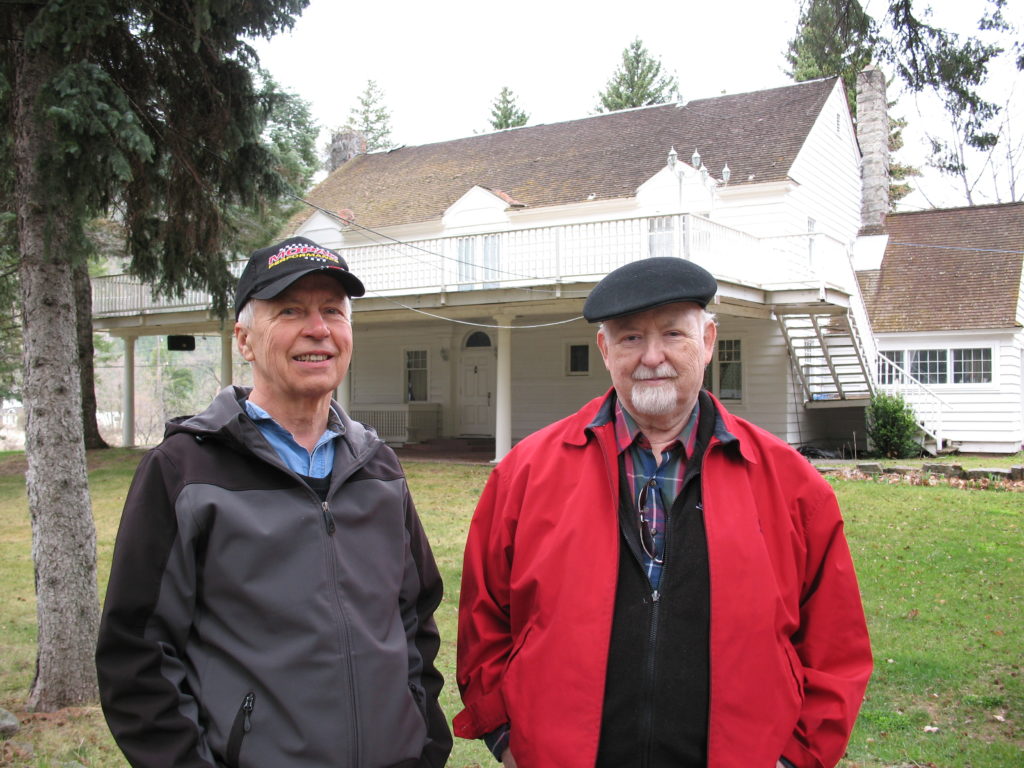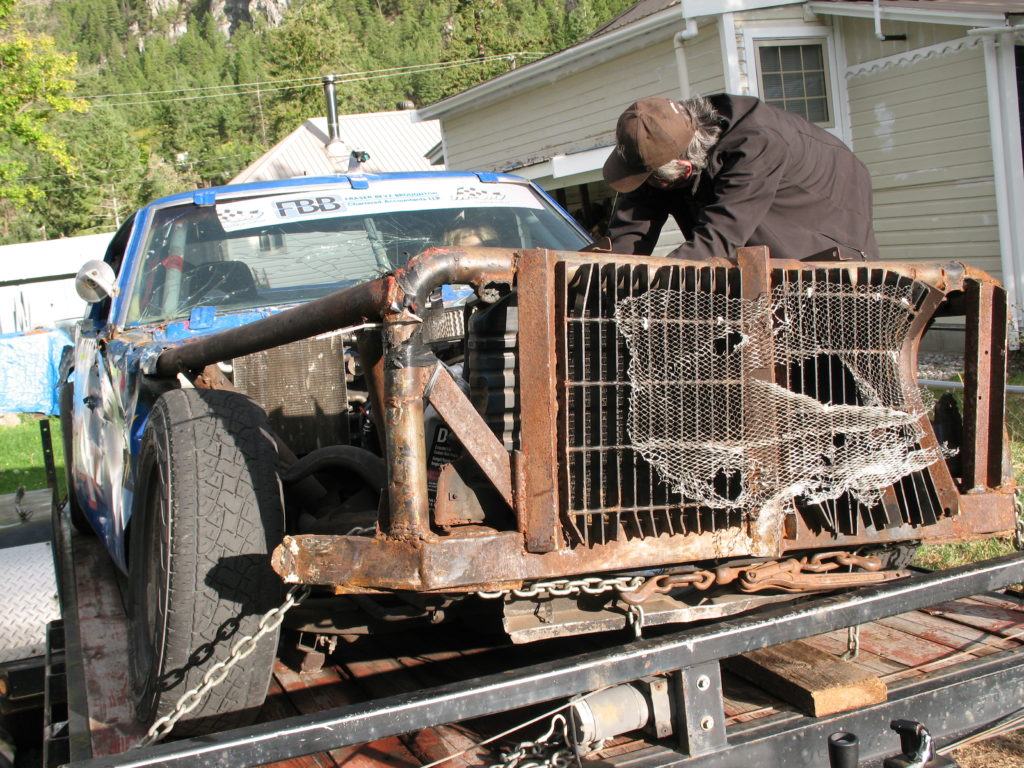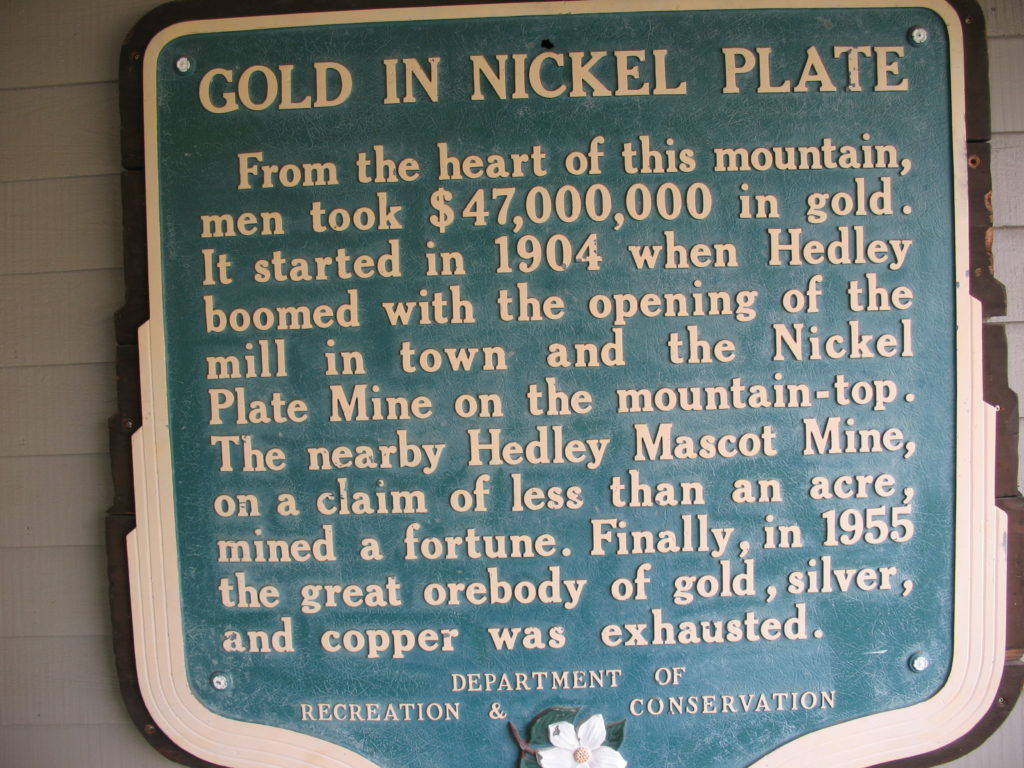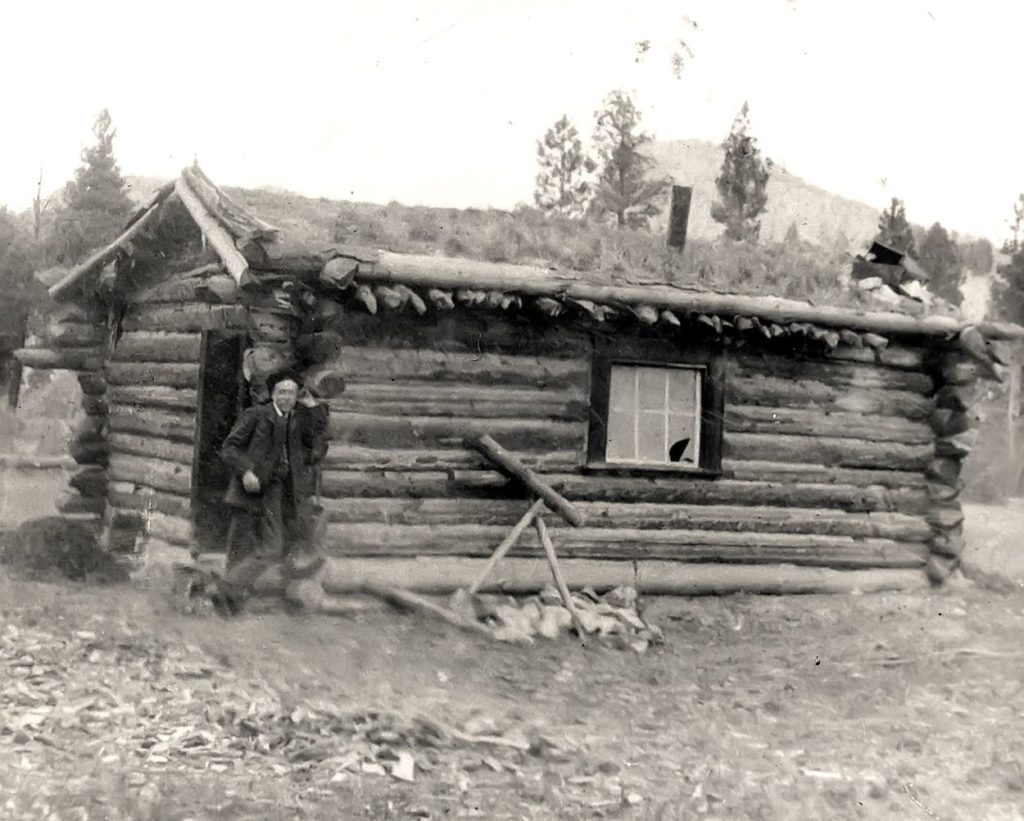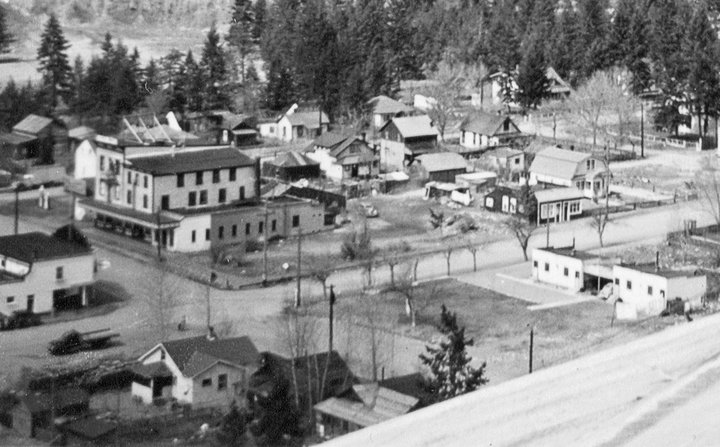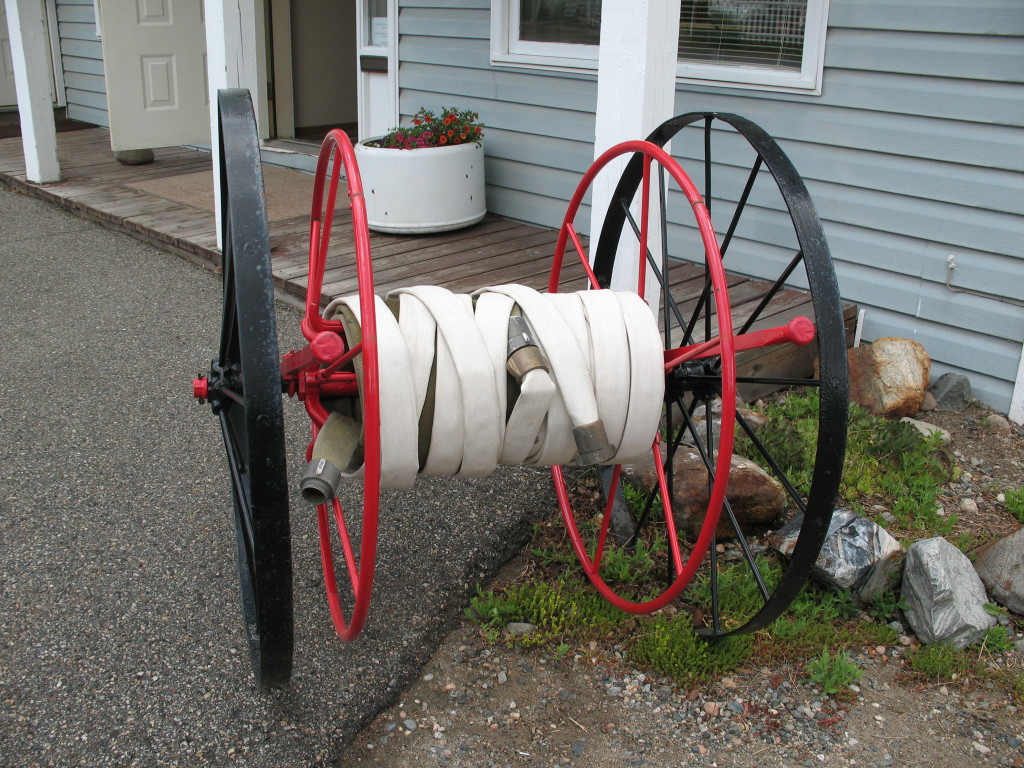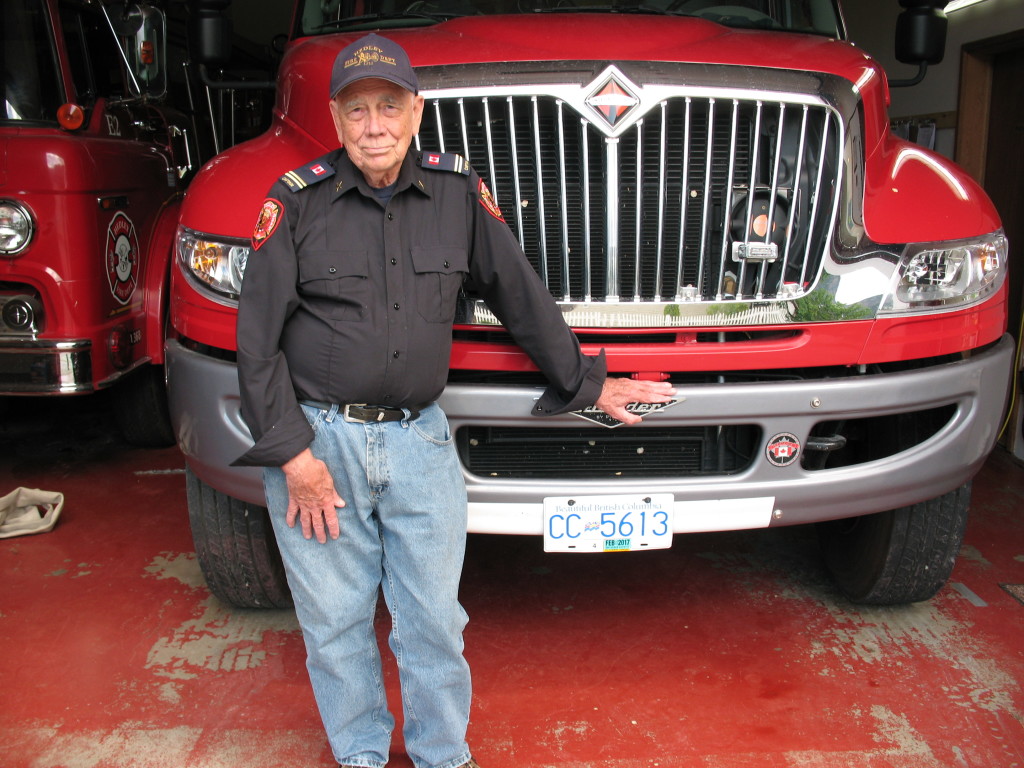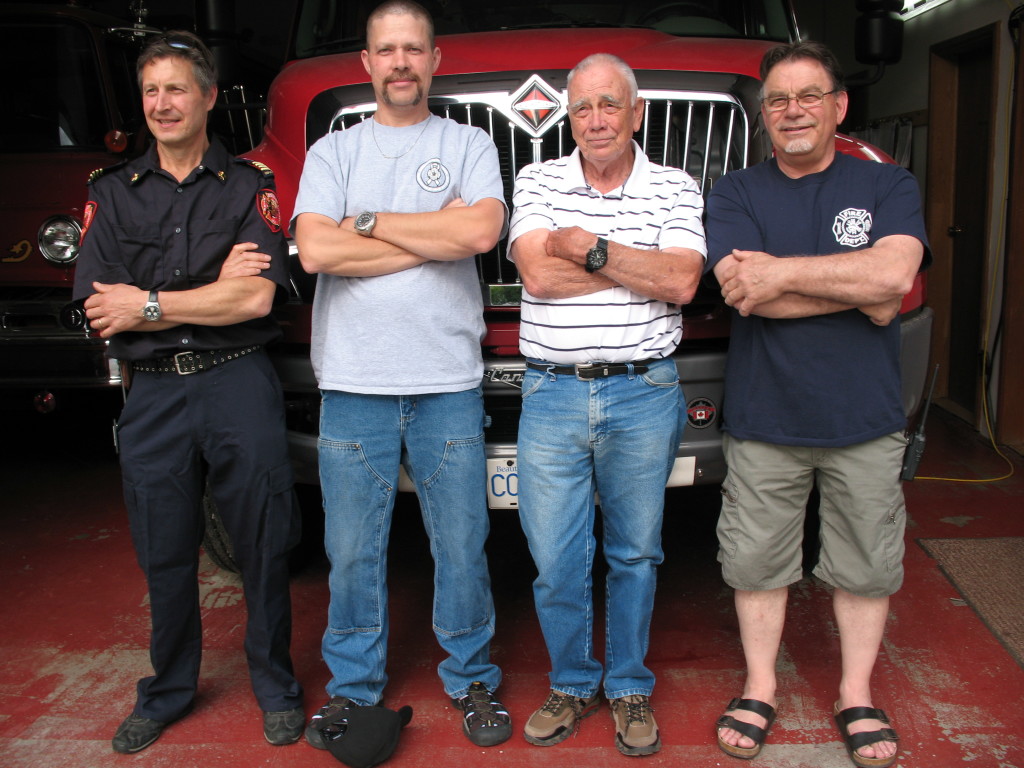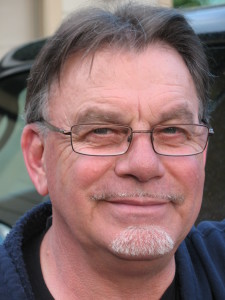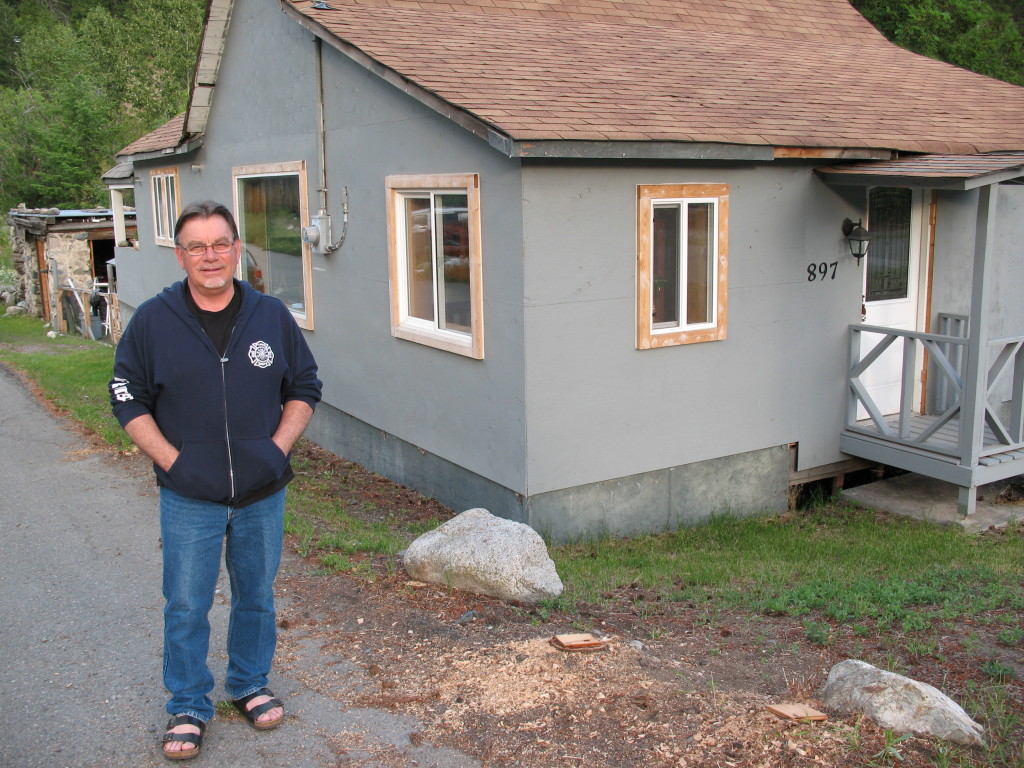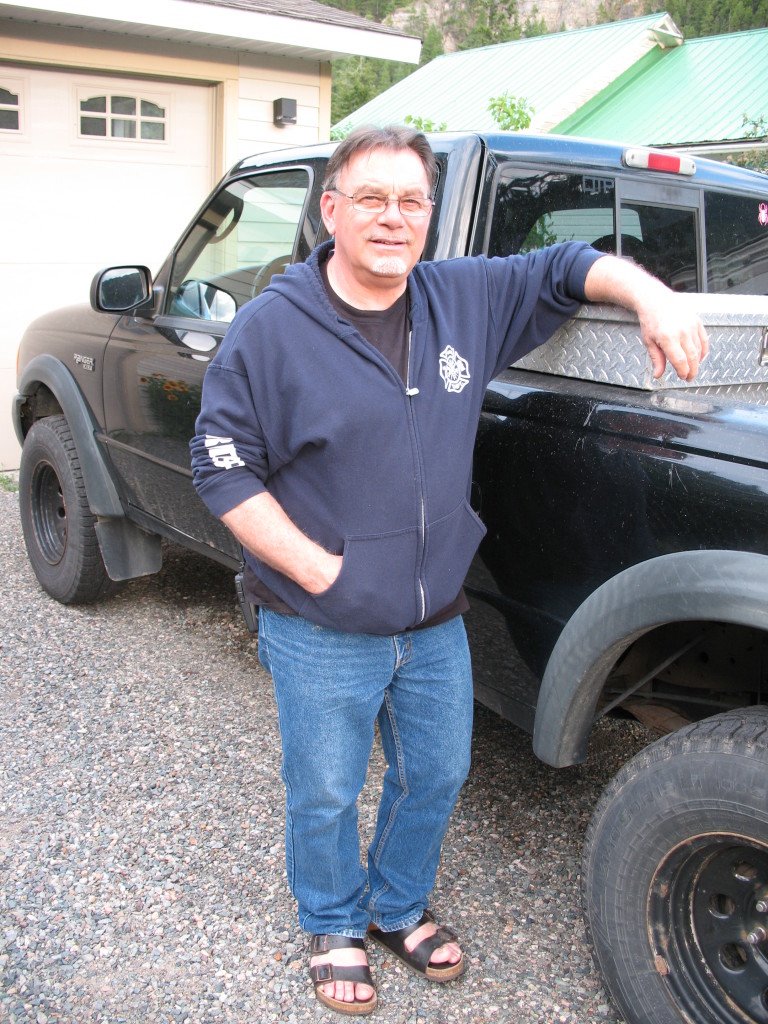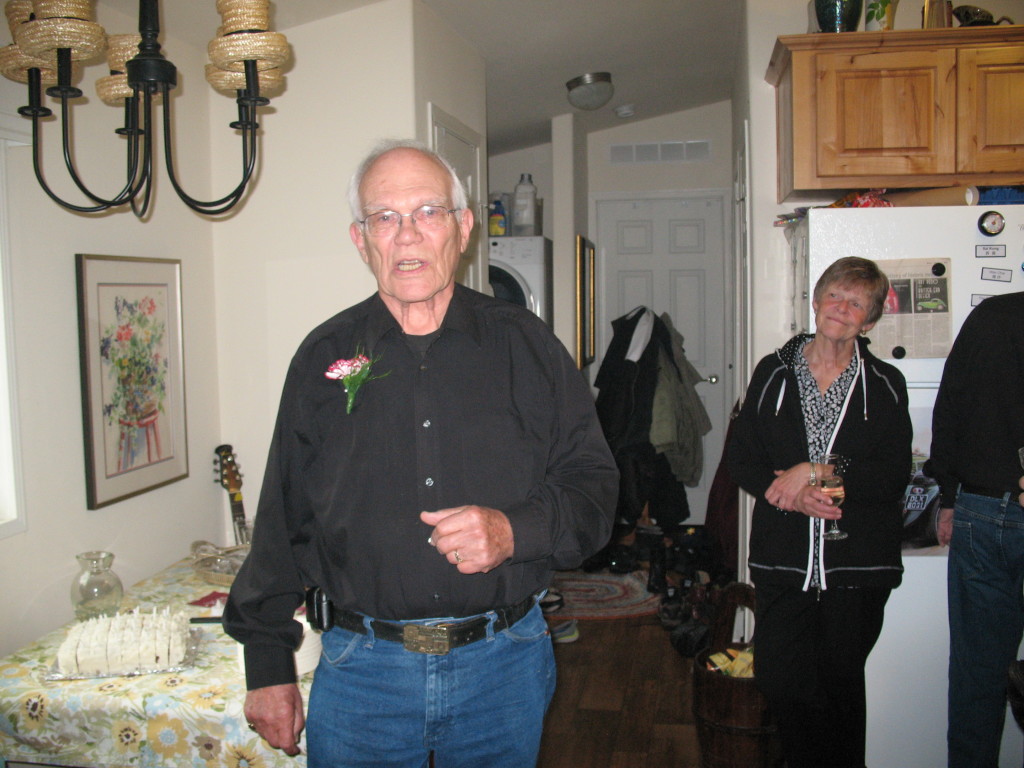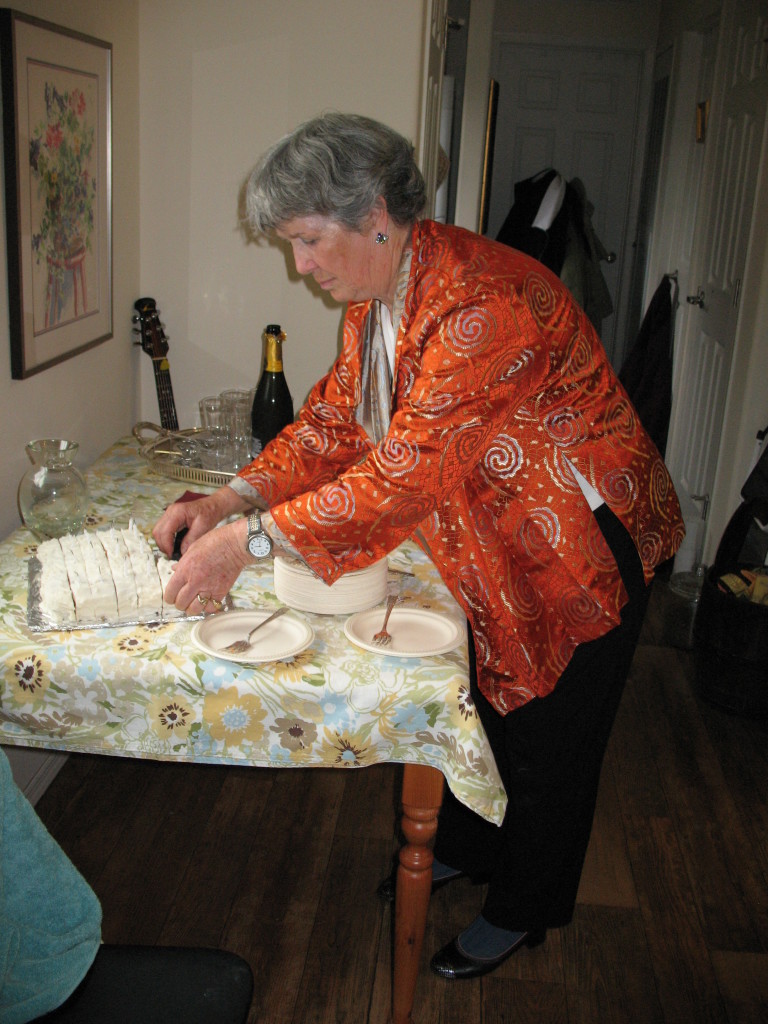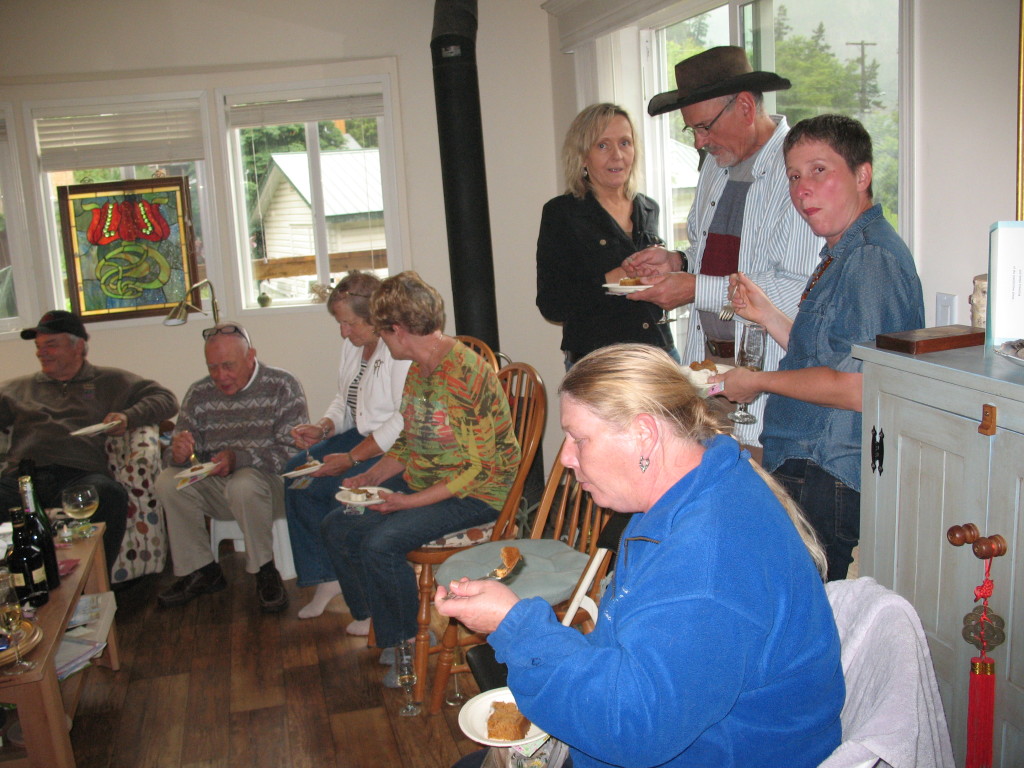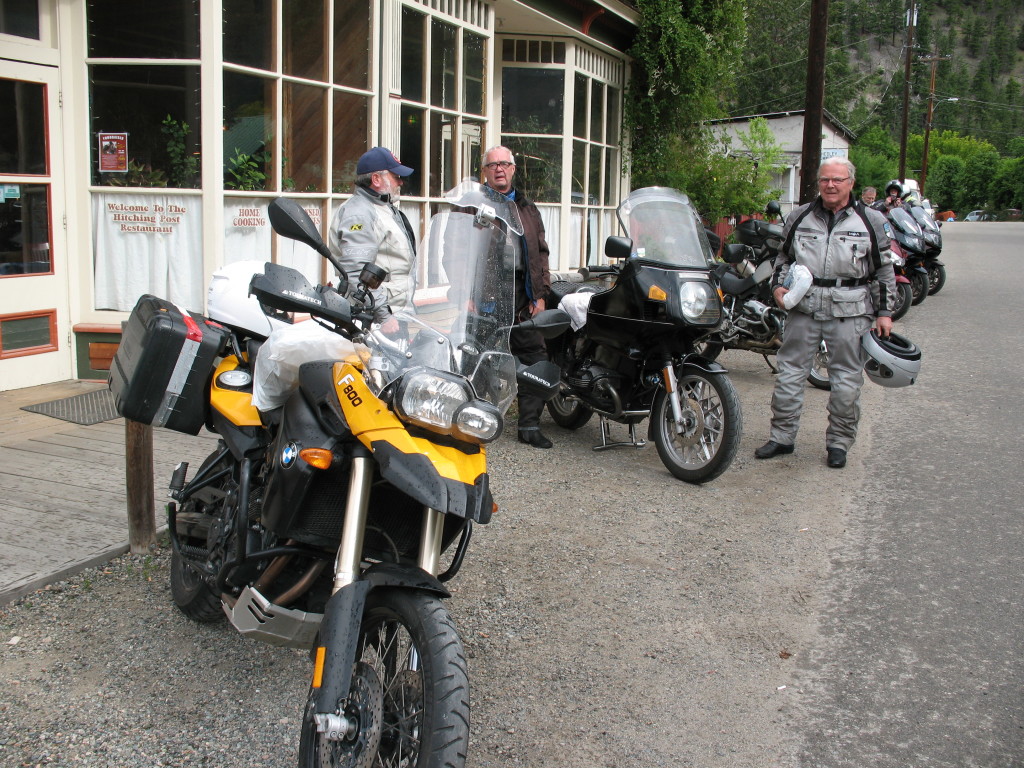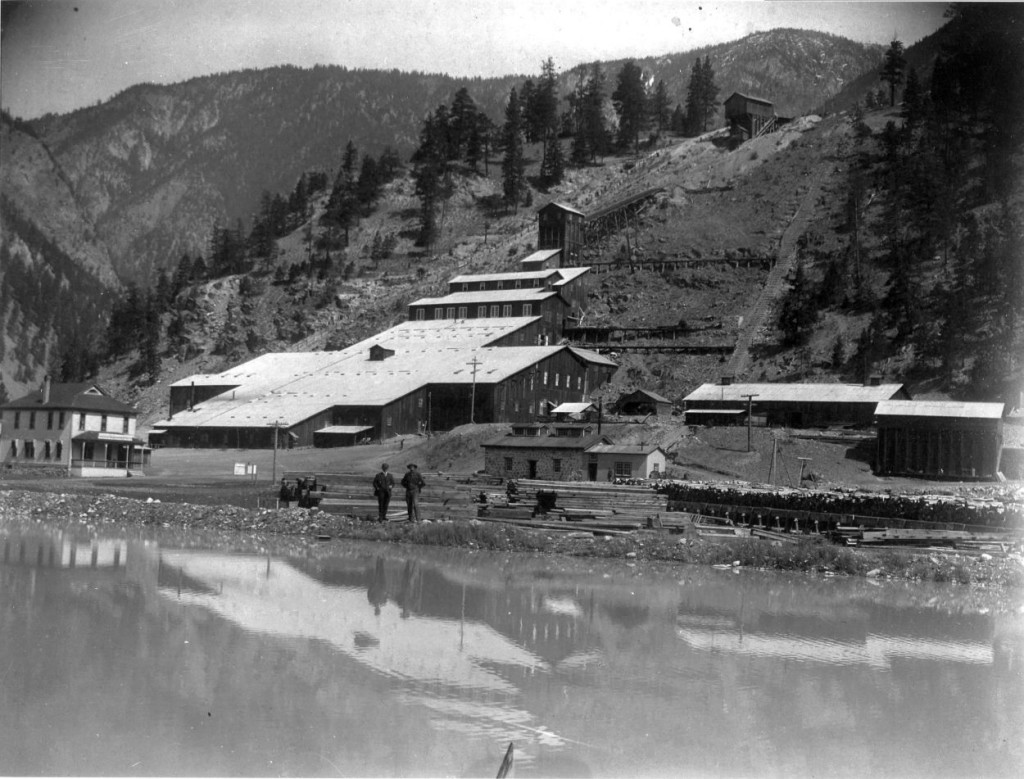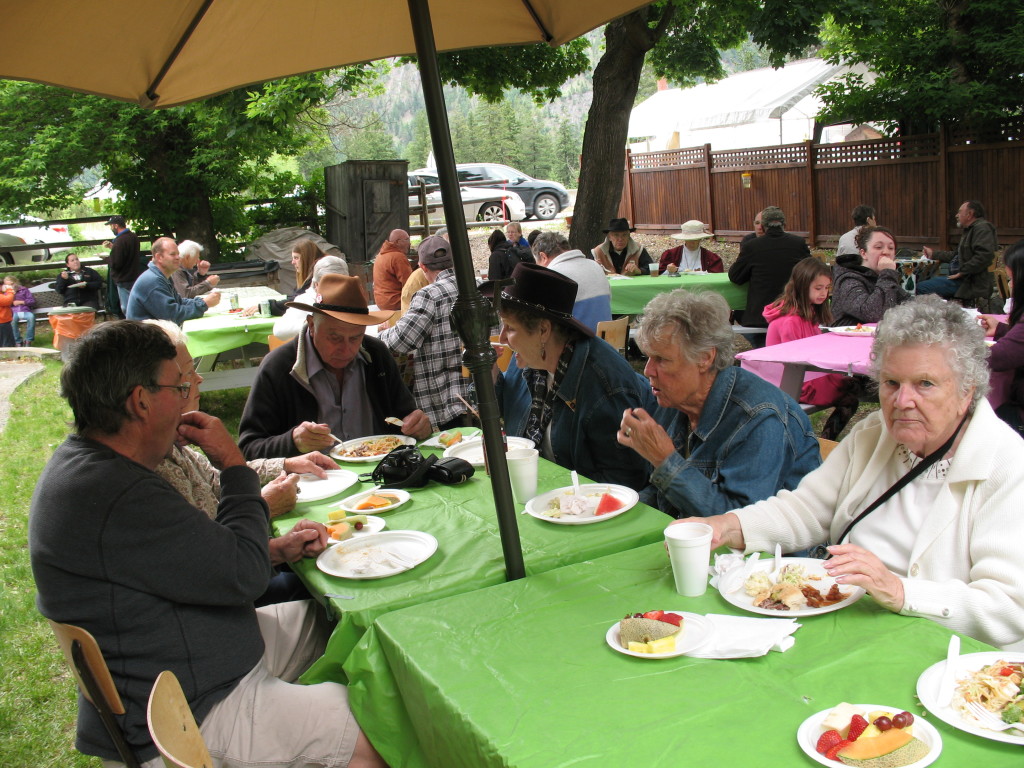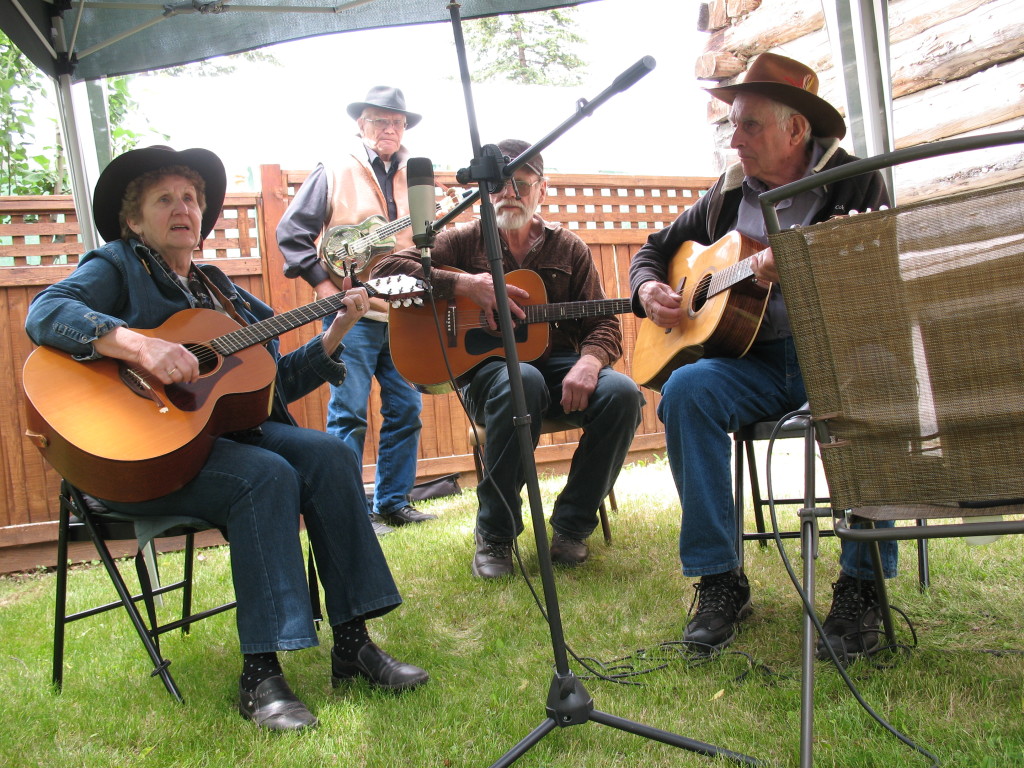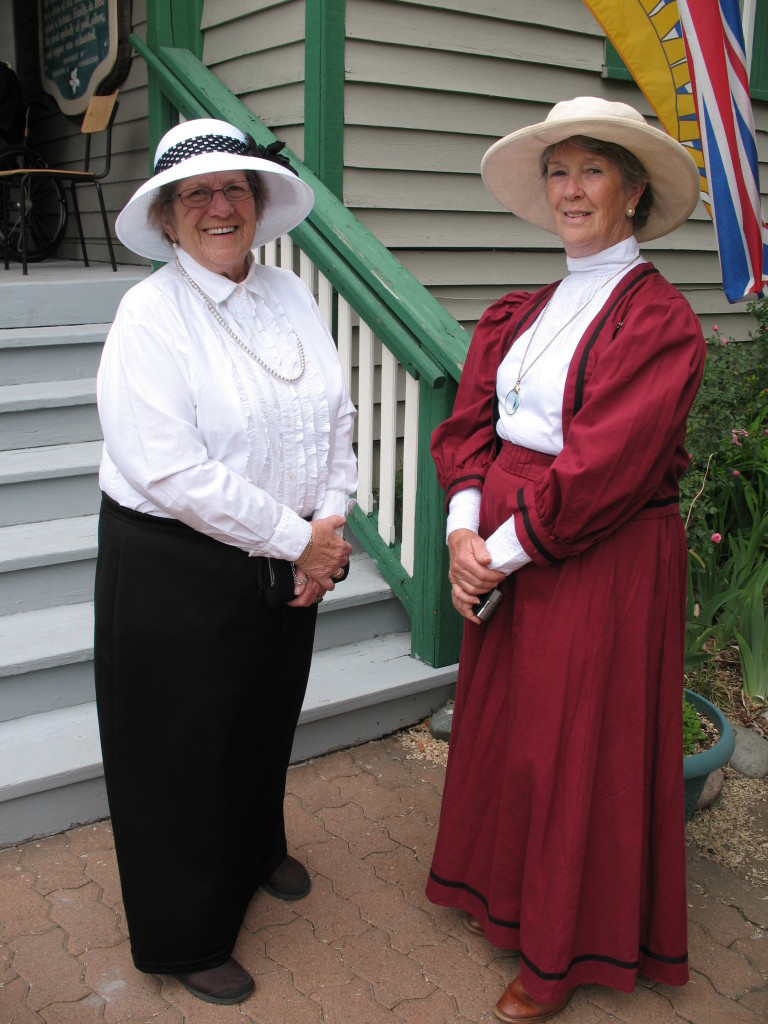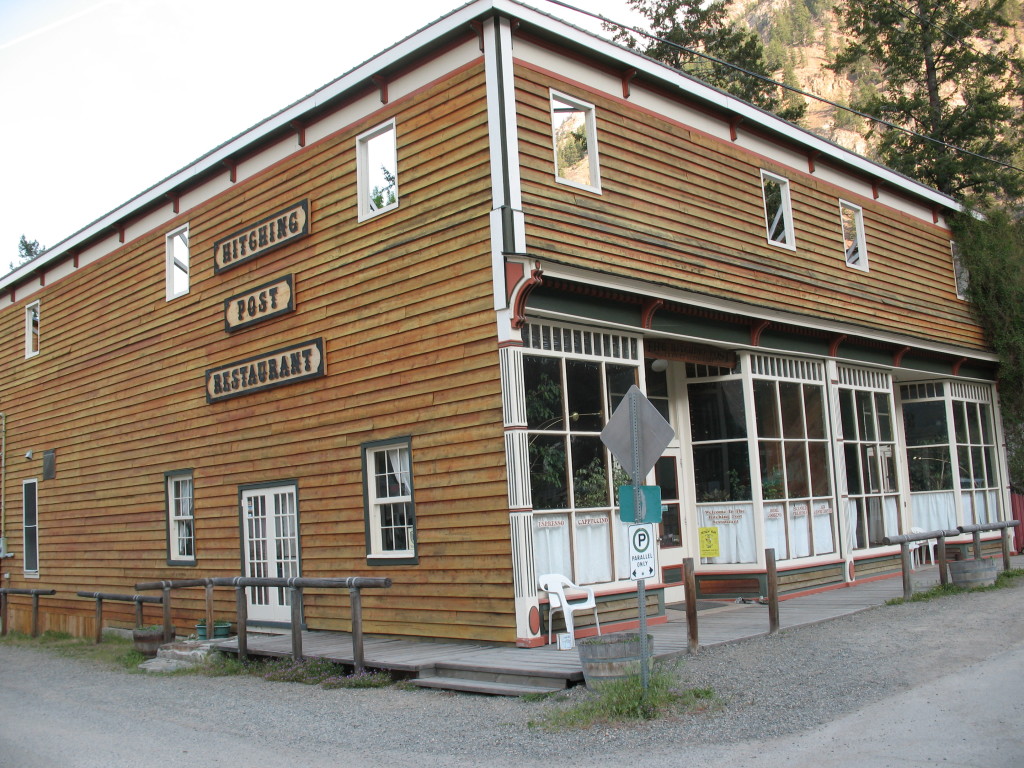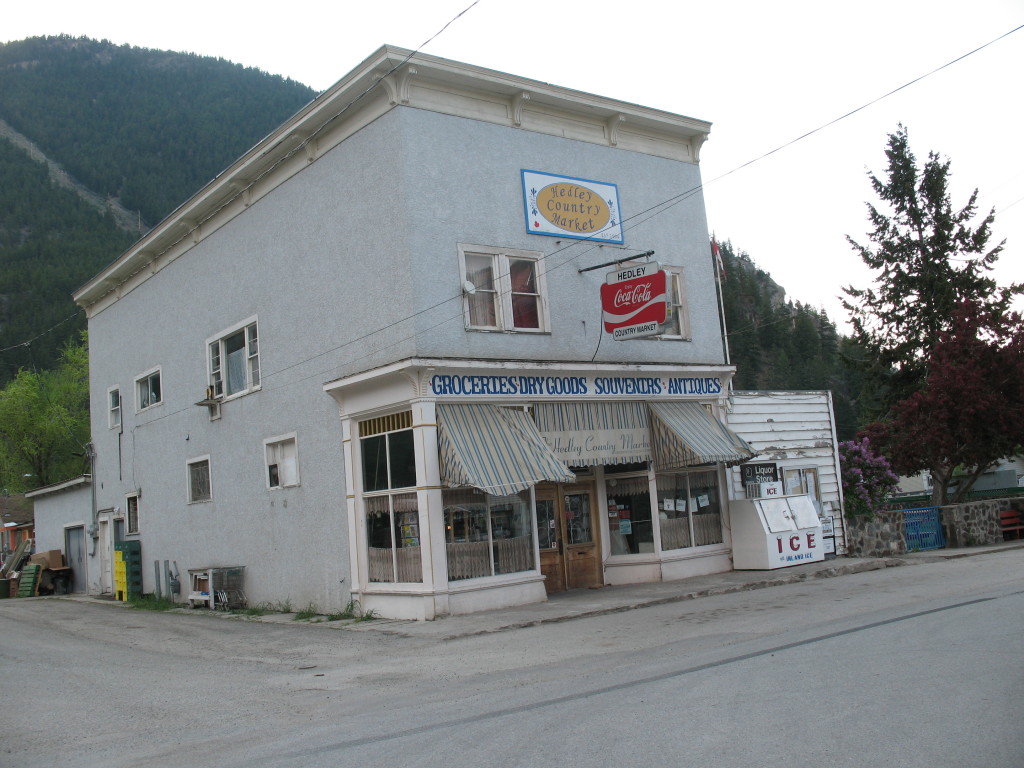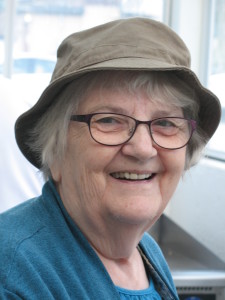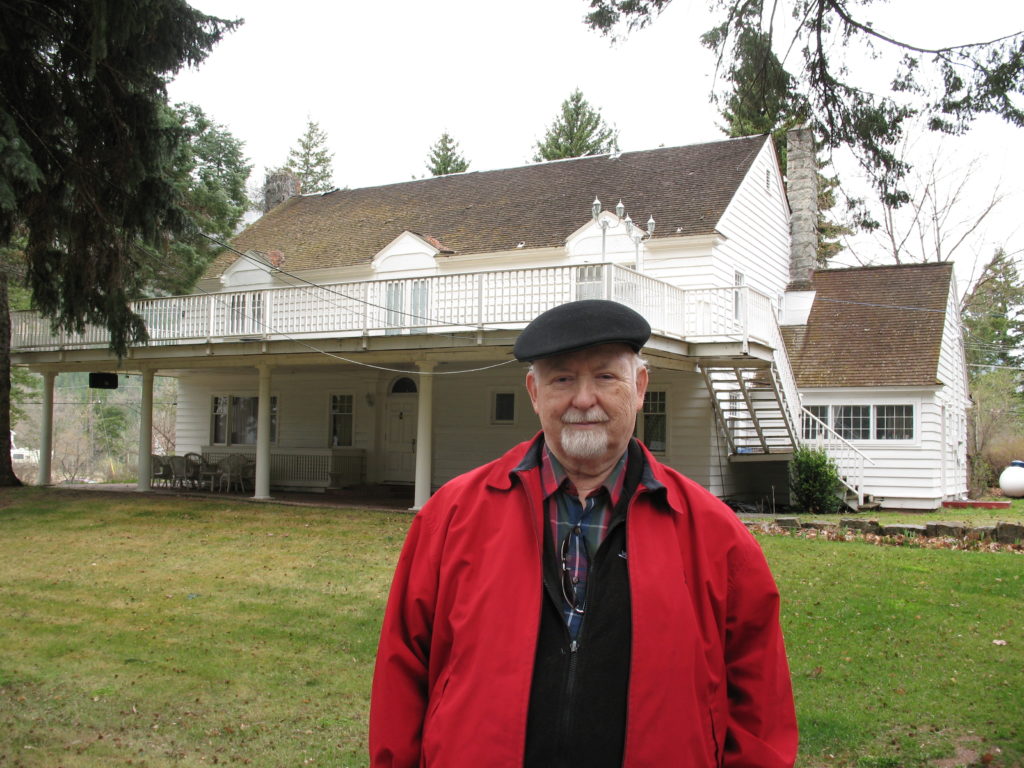
When I received the message early last week that my friend Len Roberts had made his final exit from the stage of life, it was as though my personal world shifted on its axis. He was one of those rare, larger than life individuals whose words and actions shape the lives of people around them.
I first met Len when I applied for a job with the One Way Adventure Foundation, then headquartered in Surrey. He wanted me to receive training in the organization’s wilderness skills program in Hedley. On June 30, 1974, he picked me up at my home in rural Abbotsford. During the 3 hour drive he introduced me to the history, philosophy, and methods of the Foundation.
“Jean and I had a booth at the Cloverdale Fair, promoting Bowron Lakes Canoe Expeditions,” he began. “A probation officer asked if we’d take a group of their young clients. We agreed and for 9 days we had a bunch of devious, rowdy teens in the wilderness, away from the city and their friends. When we returned with the kids still alive, the probation officer invited us to develop a program for their toughest cases. Soon 20 or more untamed youths were arriving at our home every morning and we began noticing our neighbours anxiously peering through slits in closed curtains. This convinced us we needed to get the kids away from our neighbourhood.”
The Roberts established the One Way Adventure Foundation and bought 3 acres with a house and small barn. That was the beginning of an effective and fairly unique approach to working with teens who were no longer welcome in their own community, school or home.
In time they realized they required a more remote setting, so they purchased Camp Colonial on the outskirts of Hedley. They added vehicles, canoes, back packing equipment and more. This enabled workers to take students away from familiar street haunts and associations. It permitted students to participate in adventures that developed an awareness of their potential. It also fostered relationships between students and workers.
That first summer, under the leadership of a wilderness skills instructor, my 5 boys and I canoed the Bowron Lakes circuit. We were bitten by horse flies and hordes of mosquitoes, felt the pain of canoe yokes digging into our shoulders while portaging between lakes, paddled all day in rain, and took turns doing bear watch at night. In the evenings around a campfire, I read to them from Jack London’s wonderful book,”Call of the Wild”. On the 9th day when we landed on the last shore, the students spontaneously formed a victory circle. As predicted by Len’s teaching, it had been a relationship and character building adventure.
Throughout those years Len and Jean were a potent team. Len had the vision and unassuming charisma that attracted workers. He looked for individuals willing to descend into the trenches and do what was needed. During my time, 2 former students who had completed their program returned and entered our one year training for new staff. Both became valued leaders in the organization. Sometimes less educated staff demonstrated a wonderful sensitivity that allowed them to develop strong bonds with the students. Again and again, Len reminded us that relationships were key.
While Len was bringing in new workers, buying vans and small green 4×4 toyotas (toads), and acquiring buildings needed for programs, Jean tightened the organizational nuts and bolts. She kept the wheels on the rails.
That the system changed lives is attested to by Hedley’s Post Master, Ruth Woodin. She told me that since the doors of the Foundation were closed in the early 1990’s, a number of former students have come into the P.O. and said, “I was a kid here years ago. It changed my life.” Not all have achieved success, of course, but we know of many who now have families and are holding jobs.
In a quiet way, always trusting God for guidance, Len stirred our imagination and spirit, imbuing us with a sense of mission. His compelling presence and unwavering commitment drew us to the work. We wanted to be part of his vision. We wanted to give young people a more optimistic understanding of who they were created to be.
For many Len Roberts was rare and special. For me he became a valued friend.
